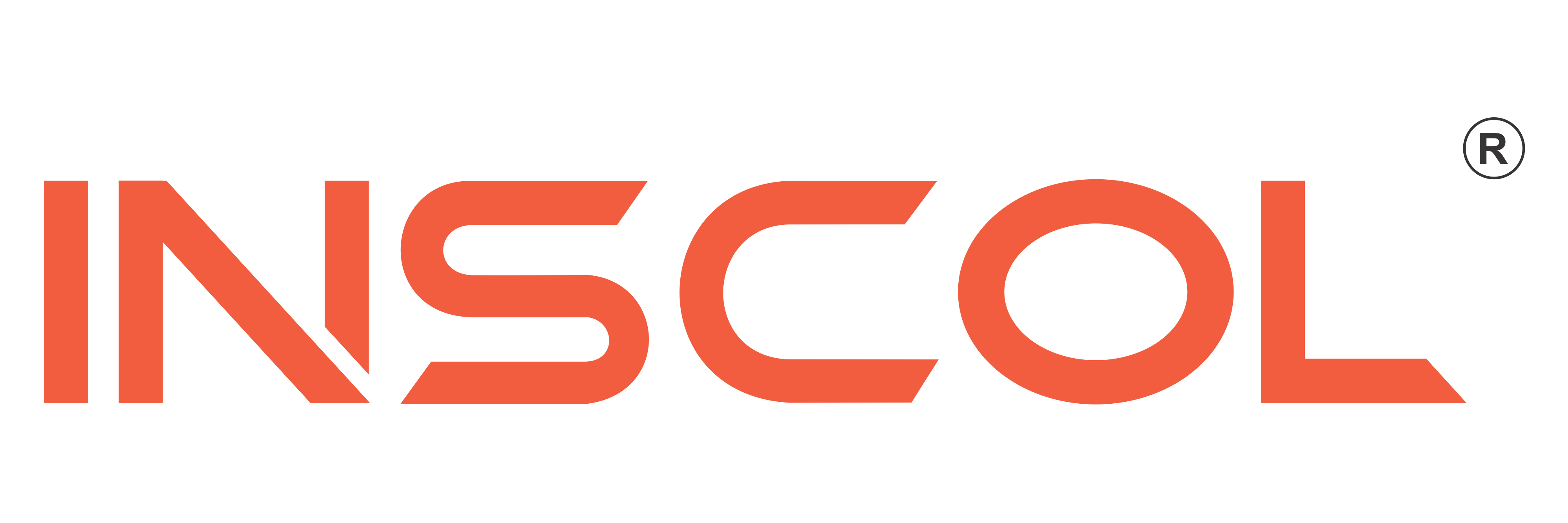Nursing is one of the best professions for people who have a passion for helping others. However, with multiple options prevailing within the nursing field in Canada, it is necessary to choose the type of nursing that suits a candidate the best.
All the candidates who aspire to study nursing in Canada should know that the nursing field is constantly evolving. This means that there are many new specialities with an increasing demand as the health care needs change.
One such speciality is that of an infusion nurse. These nurses specialize in the administration of intravenous medication and therapies along with the insertion of intravenous devices. In this blog, we will be exploring who an infusion nurse is, what are their responsibilities, and how you can become one.
Who is an Infusion Nurse?
An infusion nurse is a registered medical professional who is responsible for administering medications and fluids to the patients. This can often include inserting, maintaining, and dressing lines. The common lines include intravenous lines, midlines, peripherally inserted central catheters, venous access ports, etc.
Infusion nurses may administer many types of infusions such as blood transfusions, antibiotic infusions, fluid or electrolyte infusions, nutrition replacement or vitamin infusions, steroid infusions, intermittent chemotherapy infusions, etc.
Essentially, an infusion nurse is an advocate, resource, mentor, and collaborator. From ensuring that the patient receives IV therapy to ensuring appropriate care therapy, an infusion nurse carries out many responsibilities.
Responsibilities of an Infusion Nurse:
One of the most interesting jobs for nurses is that of becoming an infusion nurse. The responsibilities of an infusion nurse are diverse and different from that of a bedside nurse.
The four aspects in which the job role of an infusion nurse is divided include
- Administering Injections: The foremost responsibility of an infusion nurse is to inject patients with medications. An infusion nurse runs intravenous lines to administer medicines that should go into patients for an extended period of time. An example of infusion medication is chemotherapy.
Patients need lines to take in fluids also. An infusion nurse is required to have detailed knowledge about the different medications that are required for the processes. Nurse training gives a new perspective on pharmacology. For getting the intravenous lines started, one must be a skilled professional.
- Monitoring Patients: Another important responsibility of an intravenous nurse is to monitor the tube and flow of medication after the line has been inserted and the drip has been started. On the basis of job environment, this role can vary.
A nurse can stay with one patient going through a round of infusions and see the complete process in an infusion centre. Alternatively, the job for nurses in a hospital setting requires the nursing professionals to start the line and leave it for the next shift to monitor.
Whereas, if the treatment is being offered in a patient’s home, then the infusion nurse is responsible for the entire process from the beginning to end.
- Offering Comfort: The infusion nurse is required to make sure that the patient stays comfortable all through an insertion process. Things such as bringing patients a comfortable blanket and a glass of water are often carried out by the infusion nurses as they monitor the process.
Since an infusion nurse works on the prescribed order, they must explain the process to the patient. An infusion nurse tells the patient about everything from what to expect while the medicine is run through the veins to how the patient may feel once the infusion gets over.
- Taking Precautions: It is necessary to take precautions to prevent any kind of infection when you are doing infusions. Infusion nurses are vulnerable to passing on infections and should not be hire based only on the credentials but their skills.
An infusion nurse is supposed to show that he/she has a strong safety record for potential employers. Infection control also involves washing hands, cleaning the site where the needle goes in along with the equipment is being used for infusion. You can also wear a mask and gloves at the time of working with patients.
How to Become an Infusion Nurse?
- Education: The first step is to become a registered nurse is to complete a nursing program. Earning a bachelor’s degree in nursing can offer you many opportunities in your career.
- NCLEX-RN Exam: The next step after completing an academically enriching program is passing the NCLEX-RN exam and getting a nursing license. You can earn a degree and take this exam to assess your ability and prepare for working as a registered nurse. This exam will require you to use critical thinking and all that you have learned during your nursing education.
- Gaining Experience: It is important to acquire clinical experience for becoming an infusion nurse. Multiple employers prefer the nurses to have at least a year of clinical experience. It is best if the infusion nurses gain clinical experience with various infusion therapies and intravenous processes for skill development.
- Certification: Infusion nurses can earn formal certifications with a Certified Registered Nurse Infusion program. This is a recognized certification program that is known for offering nurses improved credentials. However, all positions do not require special certification with the CRNI program.
- Nursing Licensure: If you wish to practice as an infusion nurse then you must focus on maintaining the RN licensure. The requirements for doing the same differ from one province to another. Multiple provinces require you to complete an application, pay the fee, and complete education hours.
- Skill Development: An infusion nurse must continue improving one’s skills. All patients are unique. While trying to become a nurse, one must learn new techniques needed to offer the best care possible.
Where do Infusion Nurses Work?
Infusion nurses work in a wide range of settings. Although many infusion nurses work in hospitals, they might as well have a speciality or a department that they could work in. Infusion nurses can commonly hold titles such as bedside nurse, PICC nurse, and resource nurse.
Other than the hospitals, common examples of potential work settings for the infusion nurses include skilled nursing homes, oncology centres, infusion centres, long term care facilities, medical day spas, government clinics and hospitals, etc.
Future Job Outlook for Infusion Nurses:
At present, there are many registered nurses in Canada and in the future, this number will quite likely increase. As for infusion nurses are concerned, the therapy is occurring outside of the hospital settings commonly because there is a risk of infection.
Home infusion has become a safe and effective method to treat infusion patients. It allows the patients to get back to their normal activities as it is a lot more comfortable. This results in a high demand for infusion nurses.
Conclusion:
Becoming an infusion nurse is an excellent career choice and if you are planning to be one then you are in for considerable professional growth. The need for infusion nurses is increasing with each passing day which means that there will be job opportunities that you can make the most out of.






